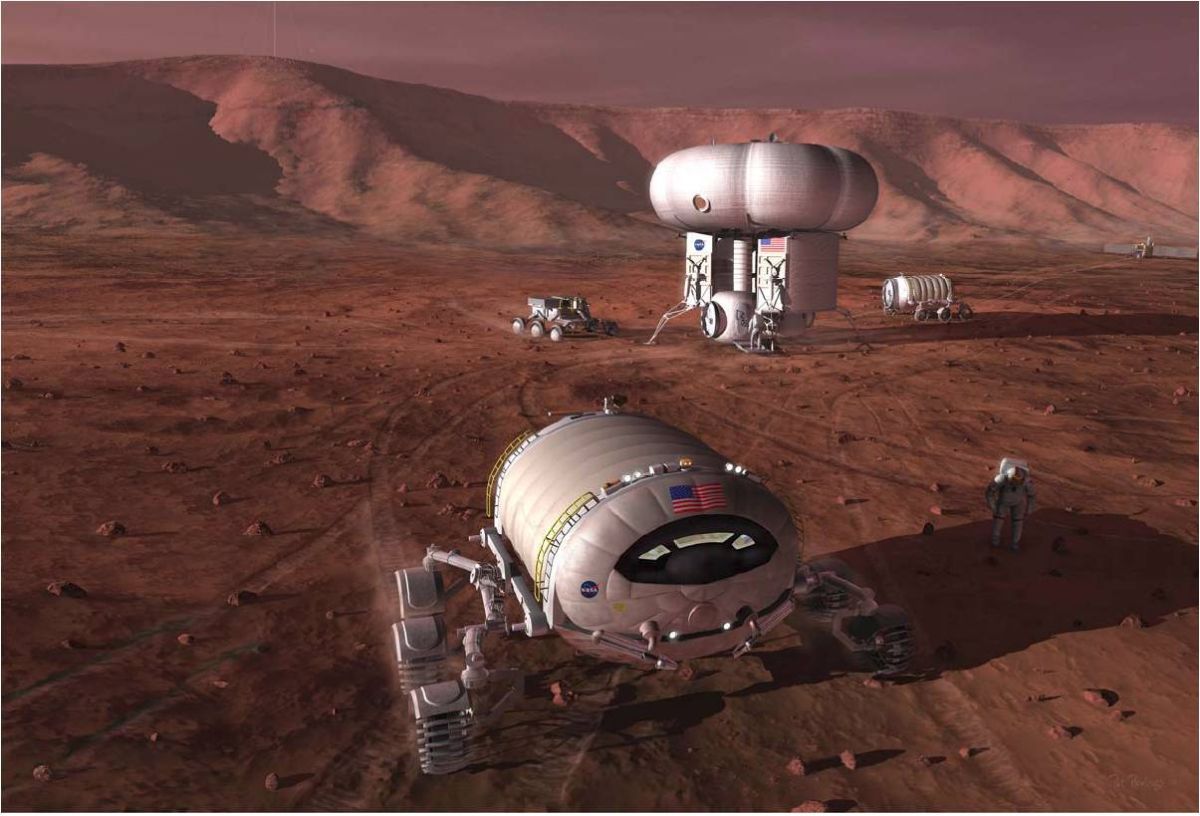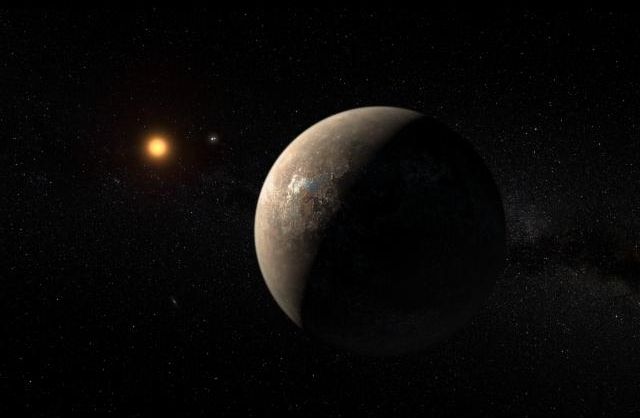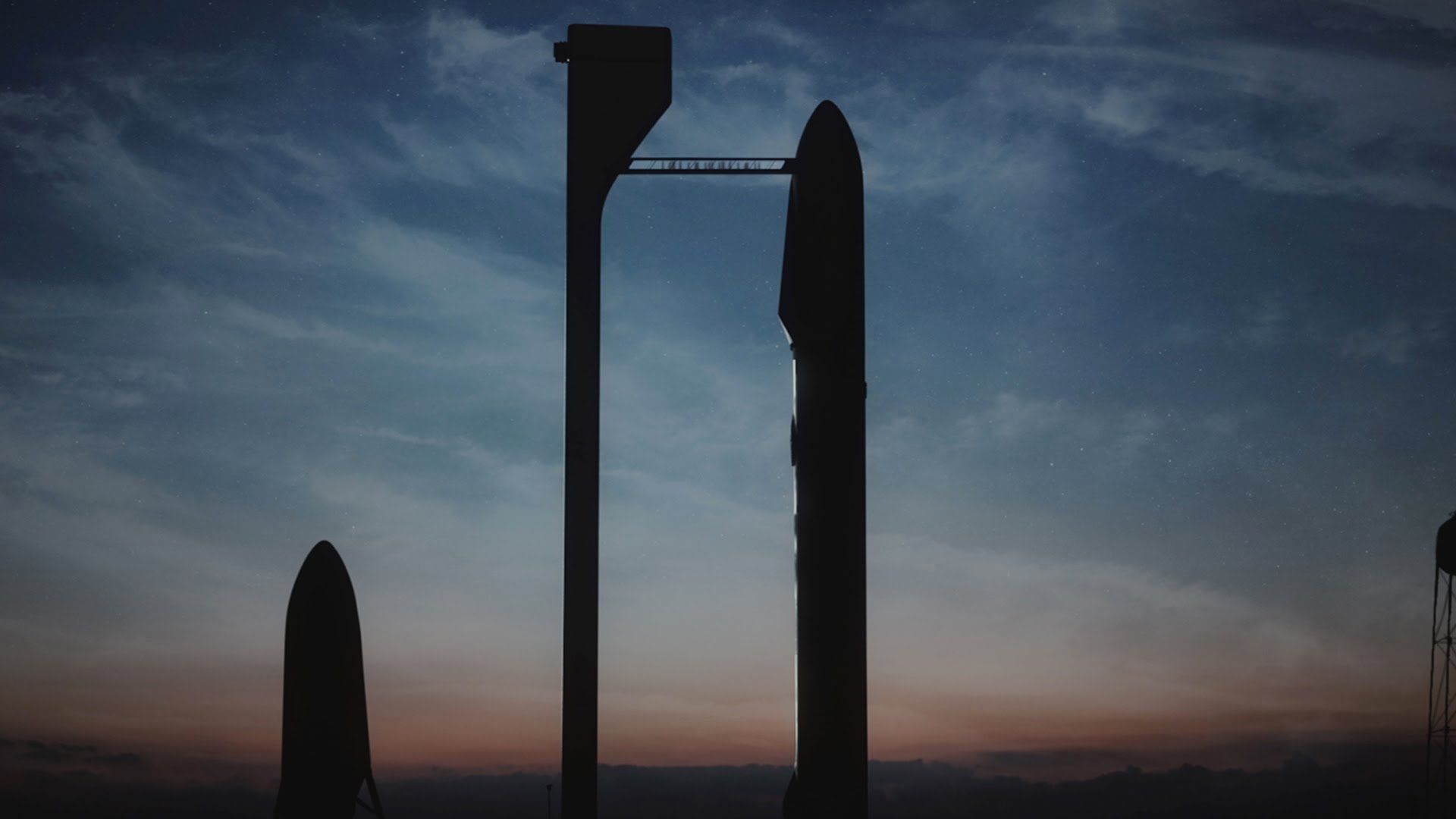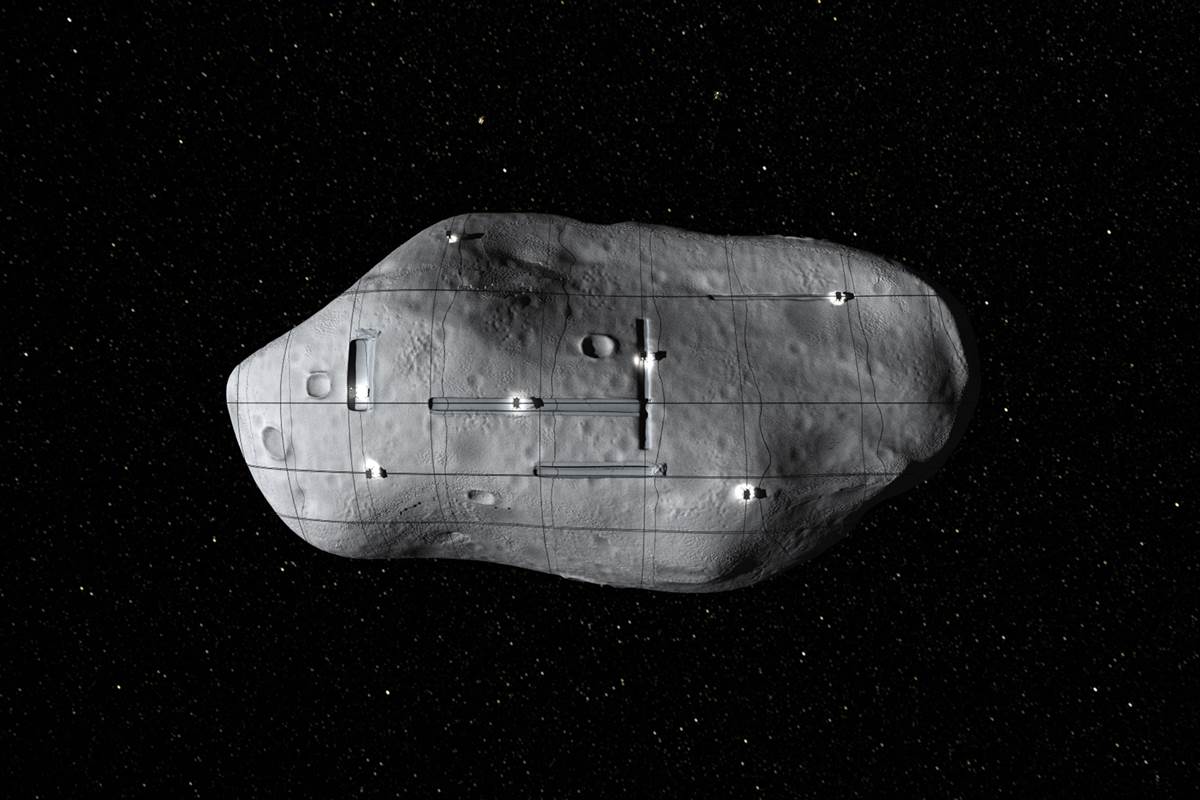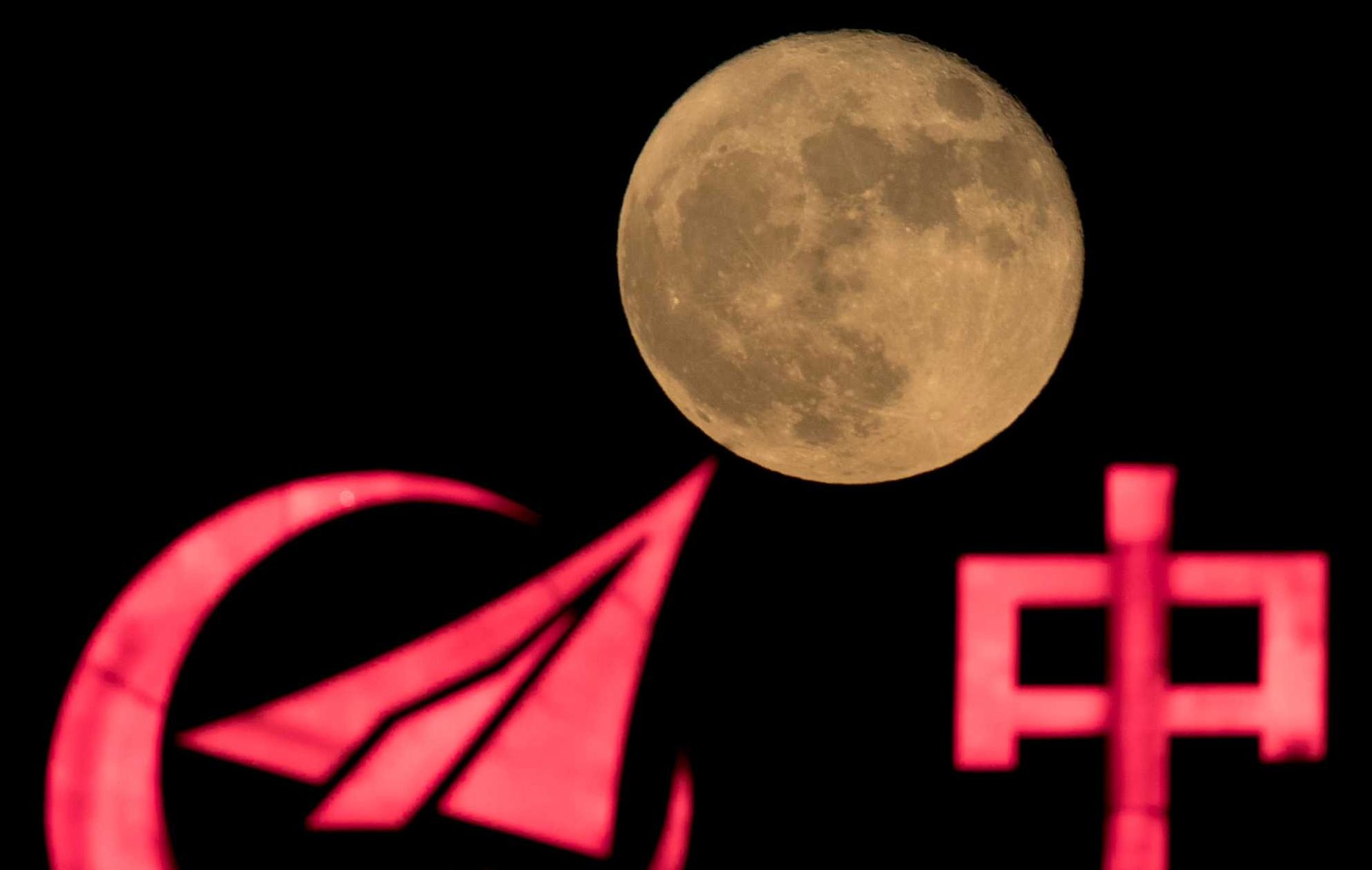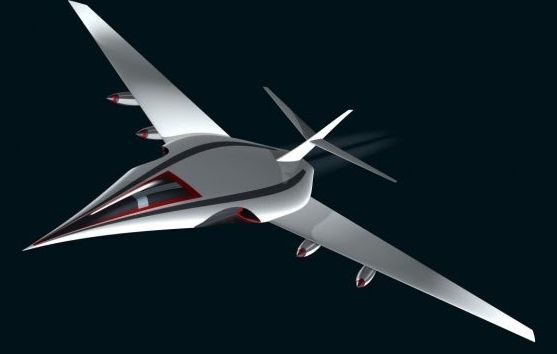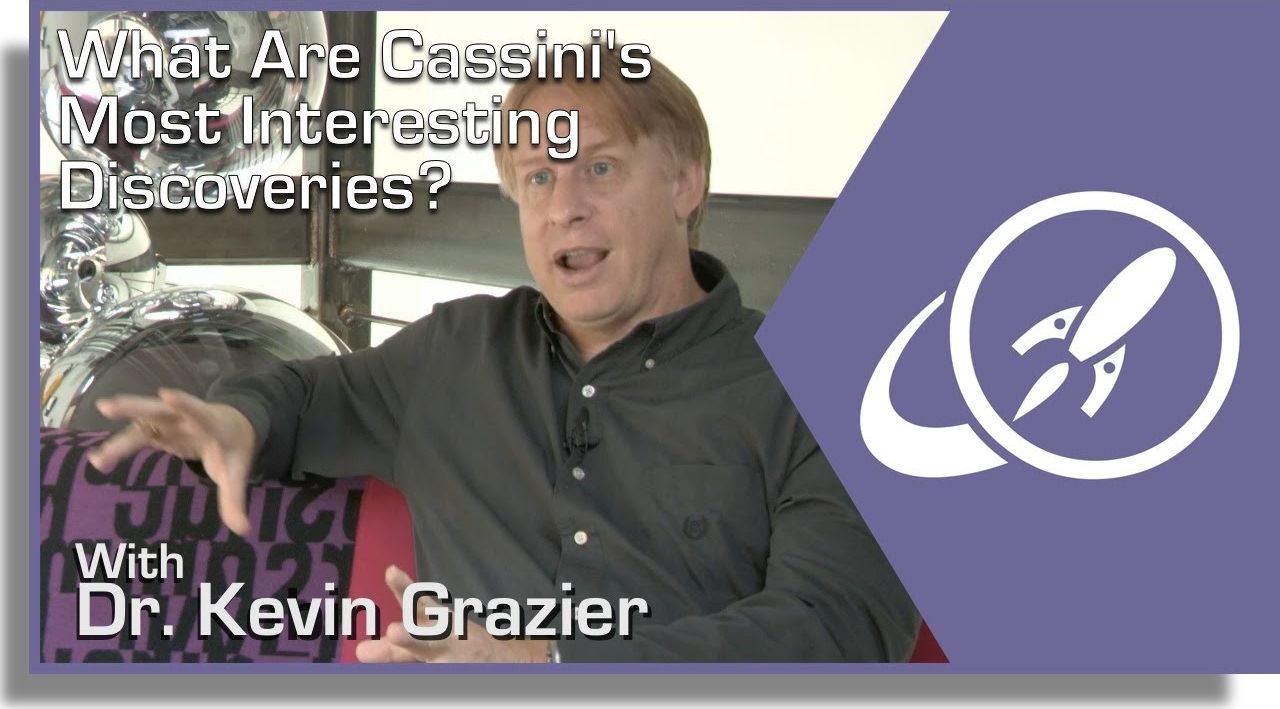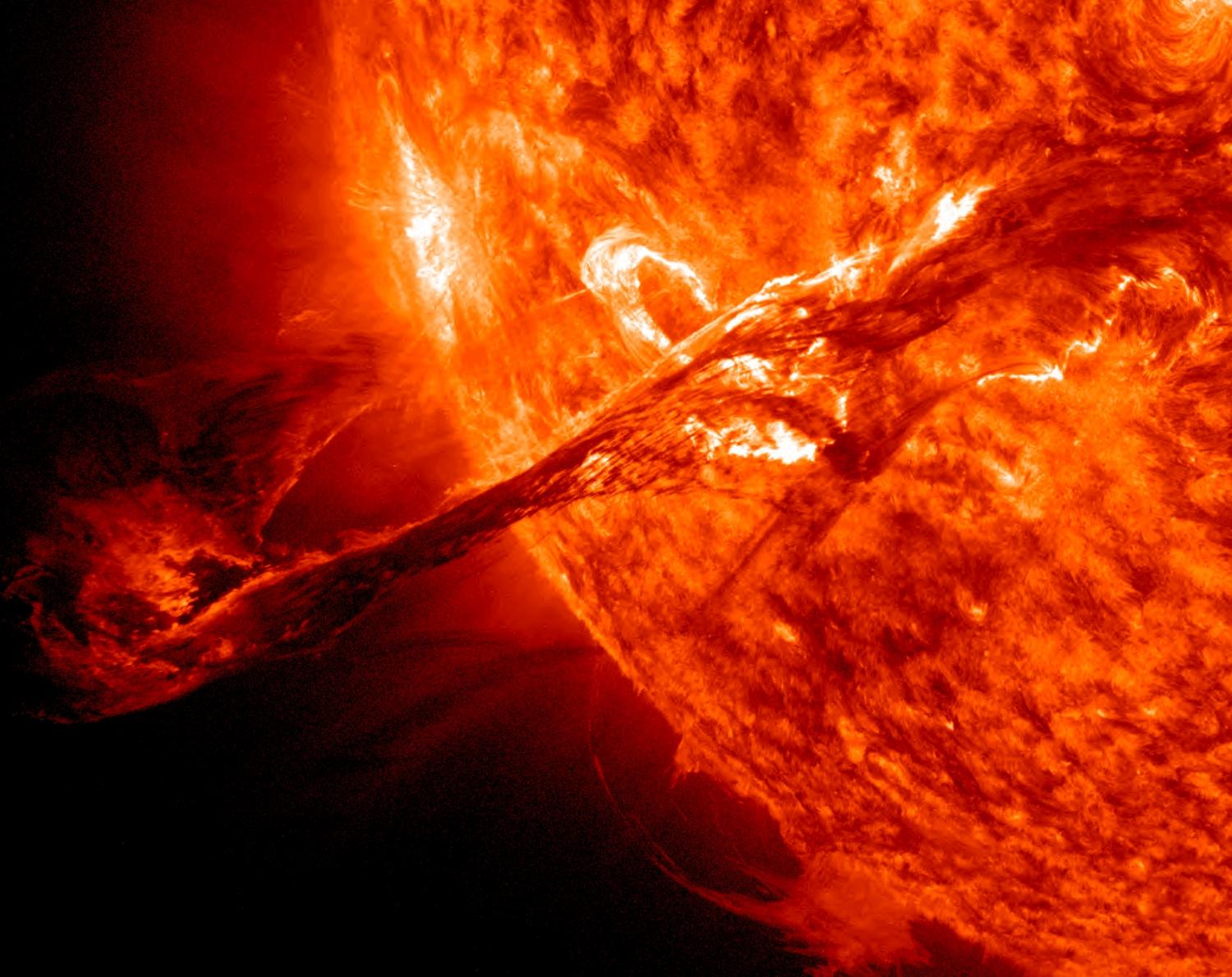Dec 30, 2016
Space Colonies Will Start Out Like the Wild West, Grow Family-Friendly
Posted by Klaus Baldauf in categories: futurism, space
As humans explore other worlds, the colonies they develop may change over time. While the first settlements may rely on individuals, as the outposts grow more self-sustaining, families will likely become the colonists of choice, a panel of experts said.
“The socioeconomic origins of colonists are going to change over time,” science fiction author Charles E. Gannon told Space.com.
Earlier this year at Dragon Con in Atlanta, Gannon was part a panel of scientists and science communicators who discussed how future space colonies might look and act, and how such developments might affect the rest of humanity on Earth. Gannon was joined by nuclear physicist Ben Davis, forensic anthropologist Emily Finke, science teacher Lali DeRosier and moderator Kishore Hari, a self-described “professional nerd.” [NASA’s Wild Space Colony Concepts in Images].
